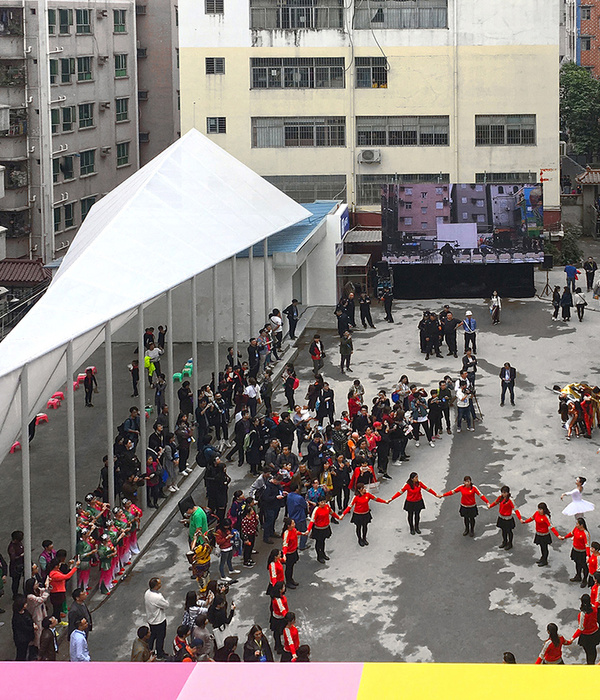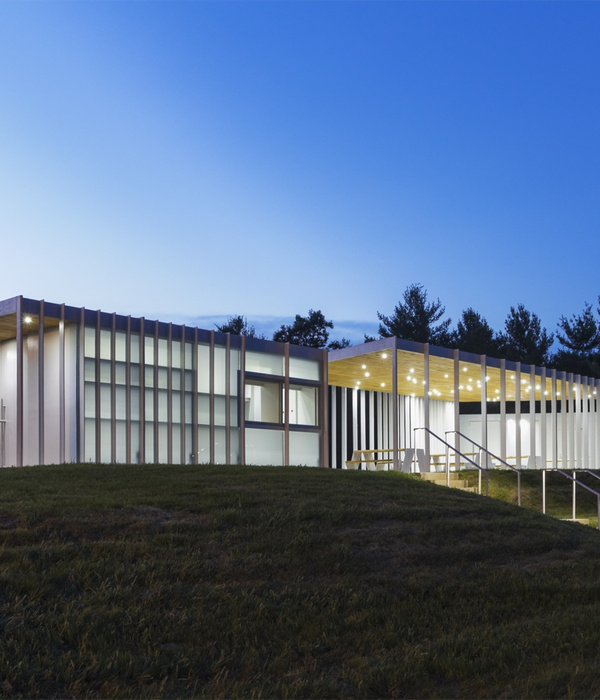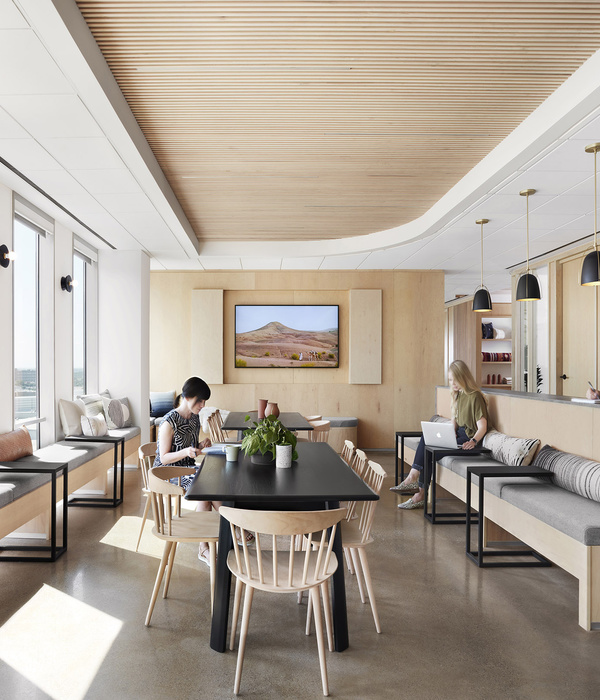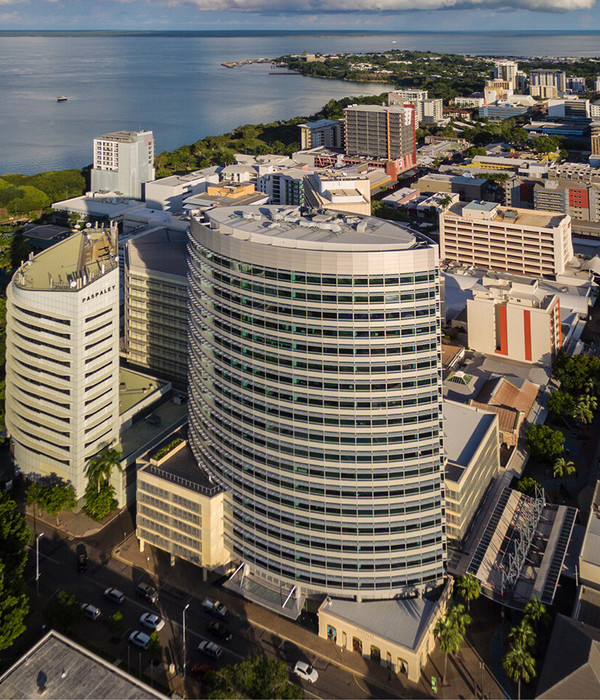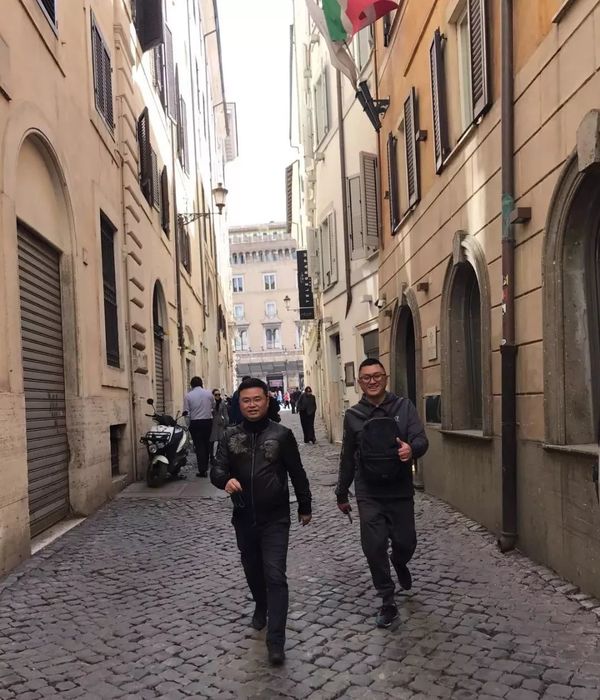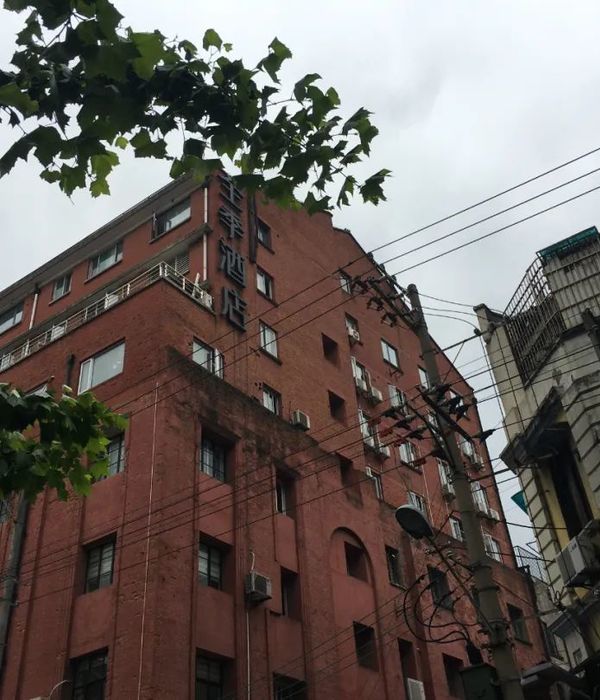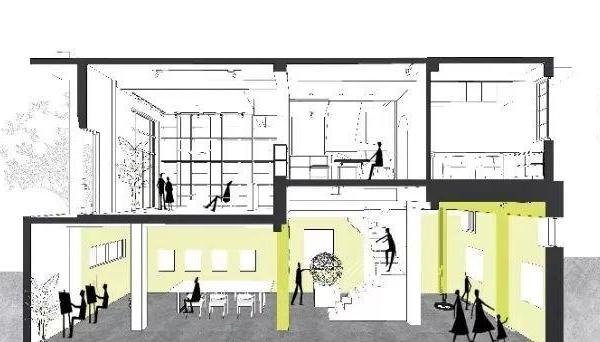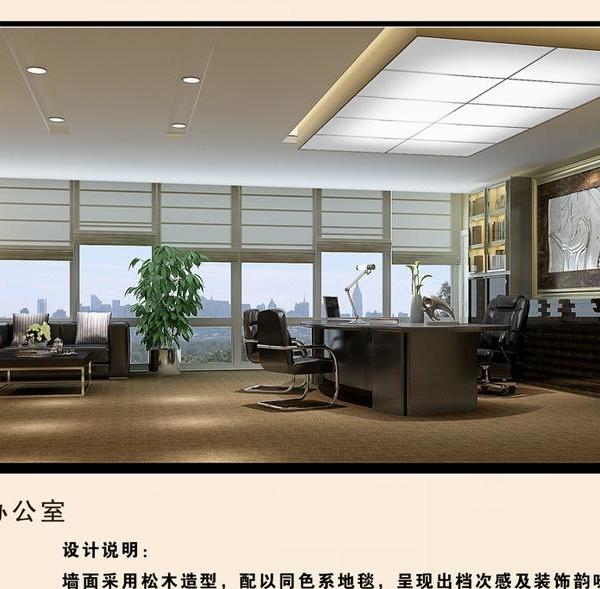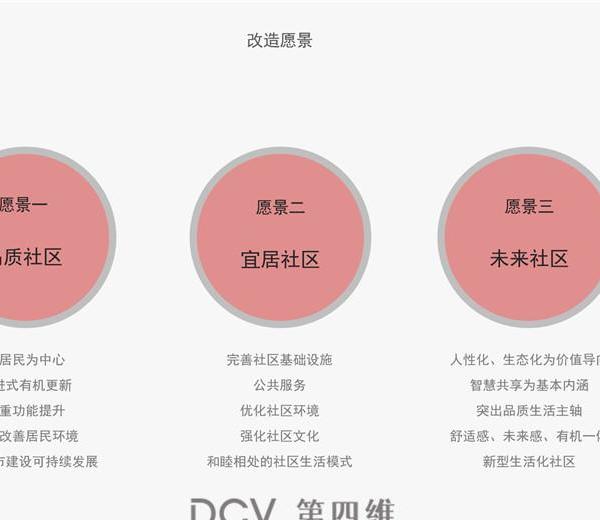© Rafael Gamo
拉斐尔·贾莫
架构师提供的文本描述。2010年,墨西哥米却肯州有必要开始规划为法院空间建立新的基础设施。传统的判决制度将开始转向口头制度,这不仅意味着在该国实施司法方面有一个完全更新的计划,而且需要创造新的空间,使这一新制度得以正确运作。
Text description provided by the architects. In 2010, the need arose in the State of Michoacán, Mexico, to begin planning the creation of a new infrastructure for its court spaces. The traditional judgments system would begin to migrate to a system of orality that implied not only a completely renewed scheme in the implementation of justice in the country, but also the need to create new spaces that allow the correct operation of this new system.
© Rafael Gamo
拉斐尔·贾莫
这些第一个过渡空间具有双重功能:一方面,了解目前的需要,已经没有等级制度和限制空间;另一方面,创造灵活的空间,只有很少的适应,才能适应新的需要。
These first transitional spaces have a dual function: on the one hand, to understand the current needs, already without hierarchies and spaces of confinement, and on the other hand, the creation of flexible spaces that, with few adaptations, could adapt to the new necessities.
© Rafael Gamo
拉斐尔·贾莫
就新法院的设计而言,第一步是理解这些法院作为一个系统运作。将不同用途的需求分类:服务、护理、公共区域、私人空间和公共空间。
For the design of the new courts, the first step was to understand that these operate as a system. Group the panorama of needs from the different uses: services, care, common areas, private and public spaces.
© Rafael Gamo
拉斐尔·贾莫
这些空间必须同时符合几个要素:功能、新操作、行人流量以及新房间的光、热和声质量,但也包括透明度、平等、民主、公正和尊严;最后是对该地方的归属感、对其所属的文化和社会的归属感。
These spaces would have to comply with several numbers of elements in parallel: functionality, new operation, pedestrian flows and the light, thermal and acoustic quality for the new rooms, but also transparency, equality, democracy, justice and dignity; and finally, a sense of belonging to the place, to a culture and society of which they are part.
© Rafael Gamo
拉斐尔·贾莫
尽管监狱建筑仍需修订,但新的代表性必须是一种明显的制度,向民主和公民开放,有光明和阴影,有风和沉默之路。该项目的建议是创造向建筑物内部开放的空间,通过这一空间,一条包含循环的曲线墙充当一堵高墙,从而在其中形成若干个花园。这座由天然火山石建造的高墙,高度在5到8米之间摆动。
While prison architecture still needs to be revised, the new representation must be an apparent system, open to democracy and citizenship, with light and shadow, wind and silence paths. The project proposal was to create spaces open to the interior of the building, through which a curvilinear wall containing a circulation acts as a high wall, which allows a several numbers of gardens to be generated within it. The high wall, built of natural volcanic stone of the place, oscillates between 5 and 8 meters of height.
© Rafael Gamo
拉斐尔·贾莫
© Rafael Gamo
拉斐尔·贾莫
该项目只在一个地面水平上发展,在一个不均匀的地块上,分为四个平台,包括五个亭台。该大楼有2个审判室,以及所需的行政办公室和服务。它有两种类型的建筑物:办公亭和服务与倾斜的楼板;柱和梁,和混凝土板。由柱组成的金属结构的法庭室,有敞开式盔甲和轻泡沫盖。
The project develops in only a ground level, on a plot with unevenness which is divided into four platforms containing five pavilions. The building has 2 courtrooms, as well as the administrative offices and services required. It has two types of building: office pavilions and services with inclined slabs; columns and beams, and concrete slabs. Court rooms with metal structure formed by columns, with open armor and light foam cover.
© Rafael Gamo
拉斐尔·贾莫
Architects Taller de Arquitectura Mauricio Rocha + Gabriela Carrillo
Location Pátzcuaro, Michoacán, Mexico
Project Mauricio Rocha, Gabriela Carrillo
Colaborators Daniel Huerta, Juan Carlos Montiel, Giordana Rojas.
Area 1631.0 m2
Project Year 2015
Photograph Rafael Gamo
Category Courthouse
Manufacturers Loading...
{{item.text_origin}}

